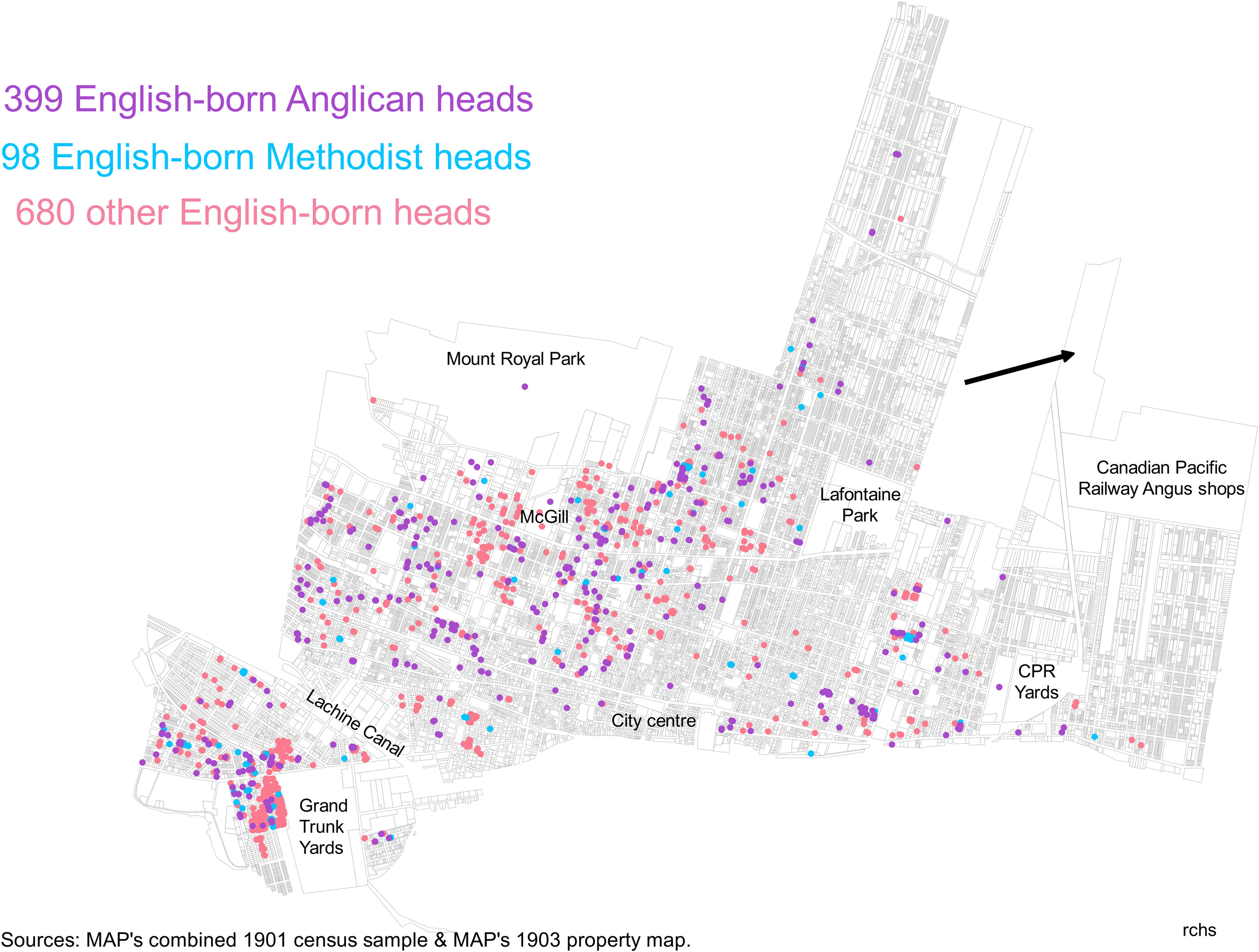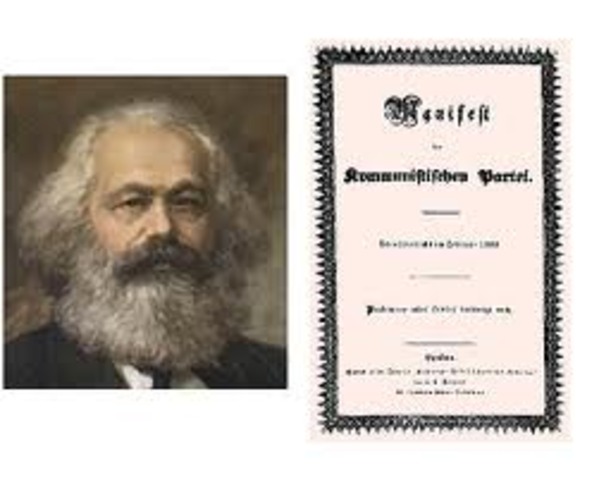

The sense of community and formation of social networks comprise what has become known as social capital. Community usually refers to a social unit-larger than a household-that shares common values and has social cohesion. On another level, a community is a group of interacting people, living in some proximity.

This was a continual process for preindustrial cities in which migrants tended to move in with relatives and acquaintances from their rural past. Many import-ant questions in urban history can be understood fully only after correctly assess-ing the importance and significance of the clustering patterns of different groups of urbanits. One factor contributing to neighborhood distinctiveness and social cohesion was the role of rural to urban migration. metropolis: concentration, dispersion and dominance Measuring residential segregation is a challenging and crucial task. C10P7 John Adams went much further in his insistence on political equality than did Madison, opposing both slavery and the denial of voting rights to women. Other neighborhoods were united by religious persuasion. Economic specialists, including craft producers, merchants, and others could be concentrated in neighborhoods.

Ethnic enclaves were important in many past cities and remain common in cities today. Neighborhoods in preindustrial cities often had some degree of social specialization or differentiation. This rationale was later used to describe the so-called Sellin’s dictum (i.e. In addition to social neighbourhoods, most ancient and historical cities also had administrative districts used by officials for taxation, record-keeping, and social control. In some preindustrial urban traditions, basic municipal functions such as protection, social regulation of births and marriages, cleaning, and upkeep are handled informally by neighborhoods and not by urban governments this pattern is well documented for historical Islamic cities. In this sense, they are local social units larger than households, but not directly under the control of city or state officials. As displayed in Figure 1, the metropolitan race-ethnic profiles for these areas shift between the 2000 census and the 2014 to 2018 period, such that the white share of their populations is reduced. Neighborhoods are typically generated by social interaction among people living near one another. Neighborhoods are often social communities with considerable face-to-face interaction among members. social capital: The good will, sympathy, and connections created by social interaction within and between social networks.Ī neighborhood is a geographically localized community within a larger city, town, or suburb.ethnic enclave: An ethnic enclave is an ethnic community which retains some cultural distinction from a larger, surrounding area, it may be a neighborhood, an area or an administrative division based on ethnic groups.community: A group sharing a common understanding and often the same language, manners, tradition and law.


 0 kommentar(er)
0 kommentar(er)
